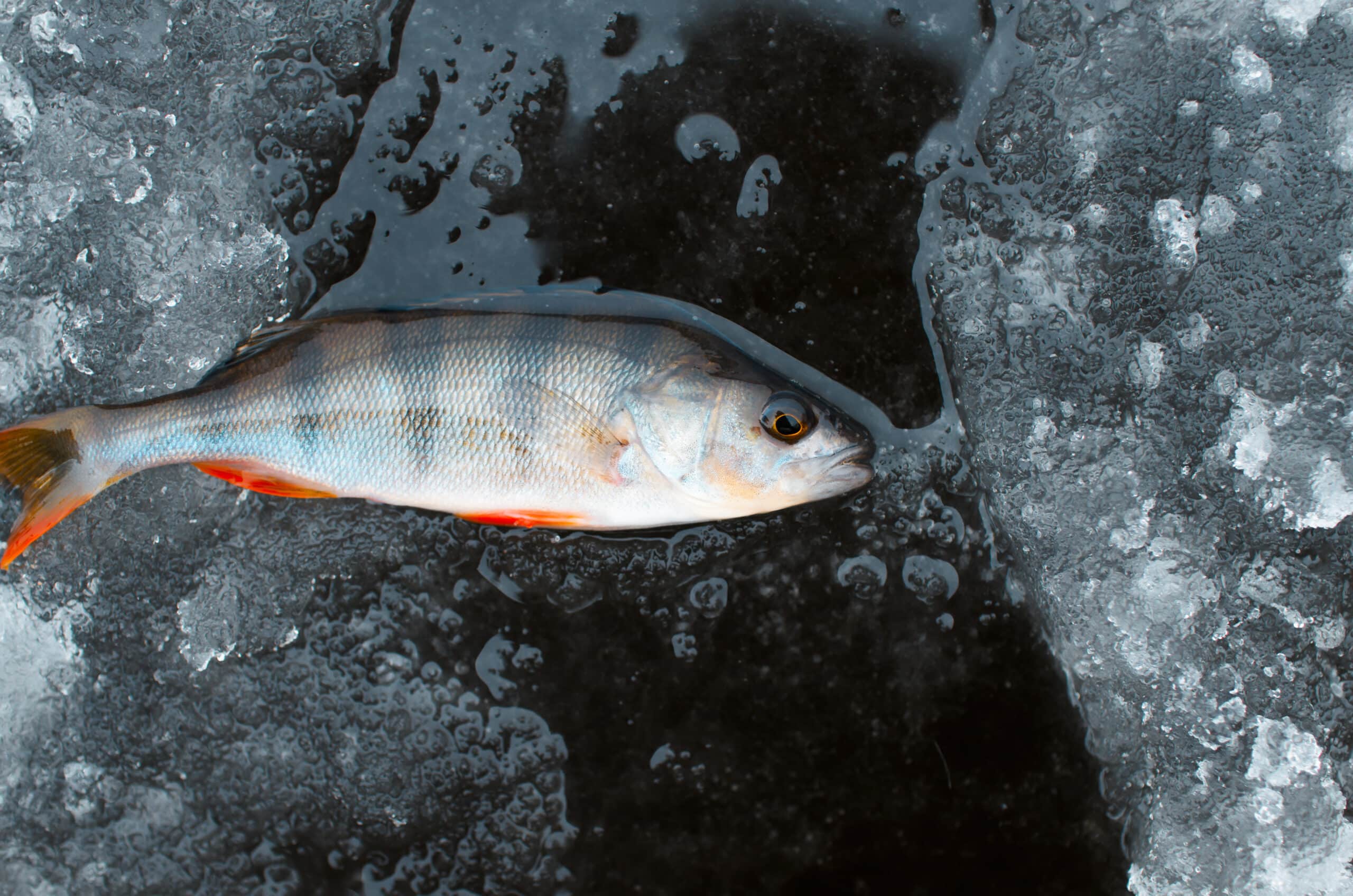What Temperature Should You Stop Fishing?
Key Takeaways
- The optimal water temperature for bass fishing is typically between 50 to 65 degrees Fahrenheit.
- Different fish species have different temperature preferences, such as trout thriving in water temperatures between 50°F and 65°F.
- It is generally advised to consider stopping fishing when the water temperatures fall outside the preferred ranges of the target fish species.
As an avid angler, you may wonder at what point should you stop fishing due to unfavorable water temperatures. Fishing success is often closely tied to water temperature, as it affects the behavior and feeding patterns of various fish species. Let’s explore the optimal water temperatures for different types of fish and determine when it’s best to call it a day.
Optimal Water Temperatures for Bass Fishing
Bass fishing is a popular sport enjoyed by many anglers. According to Field & Stream, the optimal water temperature for bass fishing typically falls between 50 to 65 degrees Fahrenheit. Bass are cold-blooded creatures, and their activity level and feeding habits are influenced by water temperature. In this temperature range, bass are generally more active and likely to bite. However, it’s worth noting that bass may still be catchable outside this range, but the chances of success may decrease.
Other Fish Species and their Preferred Water Temperatures
While bass have their preferred water temperature range, other fish species have different temperature preferences. Let’s explore some of the popular fish species and their ideal water temperature ranges:
- Trout: Trout thrive in water temperatures between 50°F and 65°F, making this range ideal for trout fishing.
- Salmon: Salmon fishing is most successful when the water temperature ranges from 50°F to 60°F.
- Crappie: Crappie tend to be more active and easier to catch when the water temperature ranges from 55°F to 65°F.
- Catfish: Catfish prefer warmer waters, with the ideal temperature range for catfish fishing being 70°F to 85°F.
- Walleye: Walleye fishing is most productive when the water temperature ranges from 55°F to 70°F.
- Panfish: Panfish, such as bluegill and sunfish, are particularly active when the water temperature is between 65°F and 75°F.
It’s important to note that these temperature ranges are general guidelines, and fish behavior can vary based on factors such as location, time of year, and specific environmental conditions.
When to Stop Fishing
Based on the information provided, it is generally advised to consider stopping fishing when the water temperatures fall outside the preferred ranges of the target fish species. For example, if you’re targeting bass and the water temperature drops below 50°F or rises above 65°F, the chances of a successful catch may decrease. Similarly, if you’re fishing for trout and the water temperature exceeds 65°F, it may be best to call it a day as trout become less active and more difficult to catch in warmer water.
It’s crucial to remember that fish behavior can also be influenced by factors other than water temperature, such as water clarity, barometric pressure, and food availability. Therefore, it’s essential to consider these factors in conjunction with water temperature to make an informed decision about when to stop fishing.
Conclusion
Water temperature plays a significant role in determining fishing success. Each fish species has its preferred temperature range, and understanding these preferences can greatly enhance your chances of having a productive day on the water. While bass fishing is typically best between 50 to 65 degrees Fahrenheit, other fish species have different temperature preferences. It’s important to monitor the water temperature and adapt your fishing strategies accordingly. Remember, fishing is not just about catching fish but also enjoying the experience and being in nature.
Related Websites:
FAQs:
Q: What temperature should you stop fishing?
It is recommended to stop fishing when water temperatures exceed the ideal range for the target fish species. This is typically when the water temperature rises above 80 degrees Fahrenheit, as fish become less active and their metabolism slows down, making it harder for them to feed.
Q: How does hot weather impact fish behavior?
Hot weather can significantly affect fish behavior. Warmer water temperatures reduce the amount of dissolved oxygen in the water, making it harder for fish to breathe. Additionally, fish may become less active and change their feeding patterns, seeking shelter in cooler and deeper areas of the water.
Q: What factors should be considered when fishing in hot weather?
When fishing in hot weather, it is important to consider the ideal temperature range for the target fish species. Water temperature can vary in different bodies of water and at different depths, so understanding these variations is crucial. Air temperature, sunlight, and wind can also impact water temperature, affecting fish behavior.
Q: What are the signs that indicate fishing should be paused in hot weather?
One sign is the presence of thermoclines, which are distinct temperature layers in the water column. Fish tend to move to areas with more comfortable temperatures, so if you encounter a thermocline, it may be a good time to pause fishing. Additionally, monitoring fish activity and responsiveness is important, as lethargic or stressed fish indicate that fishing should be paused.
Q: What safety considerations should be taken when fishing in hot weather?
Fishing in extreme heat and high temperatures can pose risks. It is crucial to stay hydrated and protect yourself from sunburn and heat-related illnesses. Fishing during cooler parts of the day or finding shaded areas can help minimize heat exposure. Prioritizing safety will contribute to a more enjoyable fishing experience.






